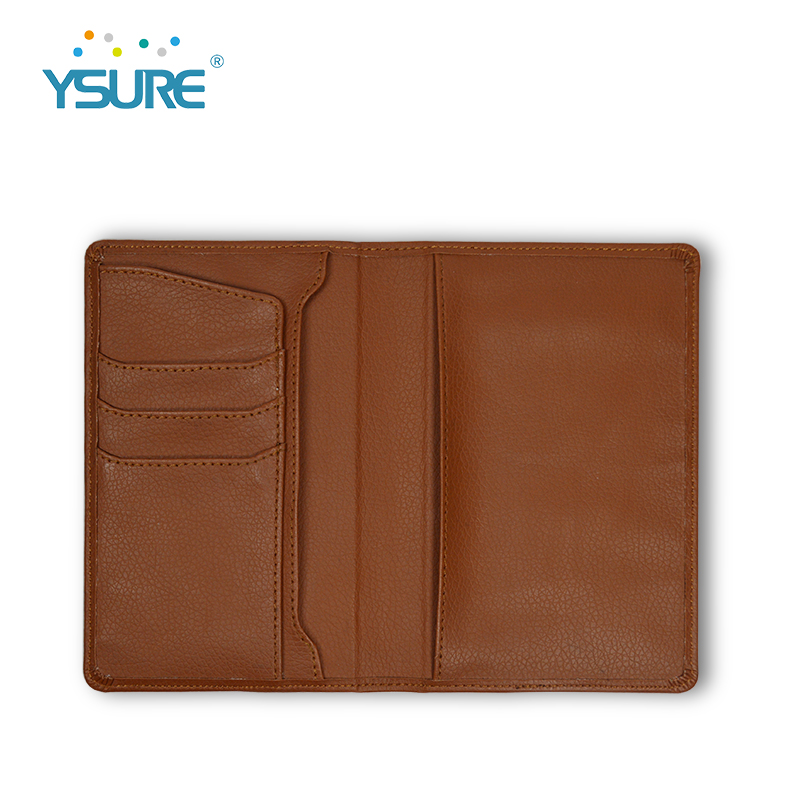In the 21st century, robots have become an indispensable tool for modern industry, and it marks the modernization of industry. In recent years, with the rapid development of computer technology, microelectronics technology and network technology, robot technology has also been rapidly improved.
The robot is a programmable mechanical device whose functional flexibility and intelligence are determined by the robot's programming capabilities. Due to the expansion of the scope of application of robots and the increasing complexity of tasks completed, the depreciation of robotic work tasks has become an important issue.
At present, unlike the CNC machine tools, there is no APT language, there is no recognized international standard for robot programming, and each manufacturer has its own robot programming language.

Robot programming can be divided into three levels:
1. Use the teaching box for on-site programming.
2. Direct robot language programming.
include:
a, dedicated robot language.
b. Added the existing computer language of the robot library.
3. Task-oriented robot programming language.
One of the development directions of robot programming technology is: offline programming and simulation: like CAD/CAM.
Today's robots generally have the first two programming methods.
Taking a welding robot as an example, the robot moves in accordance with a previously edited program. This program is generally formed by the operator teaching the robot according to the shape of the weld and recording the movement trajectory.
Teaching is a robot programming method. Teaching is divided into three steps:
1. Teaching.
2, storage.
3. Reproduction.
What is teaching and reproduction?
"Teaching" is the process of robot learning. In this process, the operator has to teach the robot to do certain actions.
"Storage" means that the robot's control system memorizes the teaching actions in the form of a program.
The robot exhibits these actions according to the program memorized during teaching, which is the "reproduction" process.
Teaching can be divided into: online teaching methods and offline teaching methods.
First, online teaching methods
A programming method for directly manipulating an object at the scene, commonly used are:
1, manual guidance teaching
The end effector of the robot is moved by an experienced operator, and the computer memorizes the movement process of each degree.
Features: Simple, but accuracy is limited by the skill of the operator.
2. Auxiliary device teaching
For some robots that are difficult to move by hand, such as some high-power or high-reduction ratio robots, special auxiliary devices can be used to help teach.
3, teaching box
In order to facilitate on-site teaching, general industrial robots are equipped with a teaching box, which is equivalent to a keyboard, with zero return, teaching mode, number, input, editing, start, stop and other keys.
Second, offline teaching
Reasons: 1. It is not convenient for on-site operation. 2. The workload is large and the precision is low.
Methods include:
1, analytical teaching
Computer-aided design data is used directly for teaching and sensor technology is used to make the necessary corrections.
2, task teaching
The task is specified, and the position and shape of the operation object are automatically planned by the control system.
Task teaching is a development direction with a high level of intelligence and is still under study.
Offline programming
The offline programming system of robots uses the results of computer graphics to establish the geometric model of the robot and the working environment. Then, using some planning algorithms, through the control and operation of the graphics, the trajectory planning is performed under offline conditions. Programming
The result is an animated simulation of the 3D graphics to verify the correctness of the programming. Finally, the generated code is passed to the robot control system to control the motion of the robot and complete the given task.
The robot's offline programming system has proven to be a powerful tool to increase safety, reduce robot time and cost. The robot offline programming system is an extension of the robot programming language, through which the connection between the robot and CAD/CAM can be established.
From the development point of view, the offline programming system is developing towards the direction of intelligence and specialization, the user operation is more and more simple and convenient, and the control program is quickly generated. Parameterization can be implemented in some specific application areas, which greatly simplifies the user's operation.
Robot offline programming technology is of great significance to the promotion and application of robots and the improvement of work efficiency. Off-line programming can greatly save manufacturing time, realize real-time simulation of robots, provide safe and flexible environment for robot programming and debugging, and is a robot development application. The direction.
Comparative analysis of two programming methods
Teaching programming
At present, a considerable number of robots still use the teaching programming mode. The robot can be applied immediately after teaching. During the reproduction, the robot repeats the trajectory and various operations stored in the memory when teaching, and the process can be repeated as many times as necessary.
Advantages: simple and convenient; no environmental model is required; when teaching the actual robot, the error caused by the mechanical structure can be corrected.
Disadvantages: Function editing is difficult, it is difficult to use the sensor, it is difficult to express the conditional branch, and the robot is occupied when teaching the actual robot.
Offline programming
Off-line programming overcomes many of the shortcomings of online programming and takes full advantage of the power of the computer.
Advantages: Robots can be used for programming, robots can perform other tasks; operation schemes and cycle times can be optimized in advance; previously completed processes or subroutines can be incorporated into the program to be programmed; sensors can be used to detect external information; control functions
It can include existing CAD and CAM information, and can run the program in advance to simulate the actual action, so that there is no danger. Graphic simulation technology can be used to simulate robot motion on the screen to assist programming; for different work purposes, only need to replace Part of a specific program.
Disadvantages: The required functions to compensate for robot system errors and coordinate system data are still difficult to obtain.
Put the credit card , some small charge and Coin , it will save your space.Many card slots will give your enough capacity .We sell slim Card Wallet,business Card Holder,Credit Card Holder,RfID blocking card holder,wallet card holder,etc.




We employ the most creative designers and tech brilliant engineers to make the best cases. We believe our high-quality products with competitive prices will satisfy your needs.
The productive process :
Make the Products Mould –Cutting the fabric –Do the half products – Finish products – Cleaning –QC- Package – Shippment .
Slim Card Holder,Universal Card Holder,Unique Slim Card Holder,Leather Visa Card Holder,ID Card Holder,Credit Card Holder
Guangzhou Ysure Electronic Technology Co., Ltd. , https://www.ysurecase.com